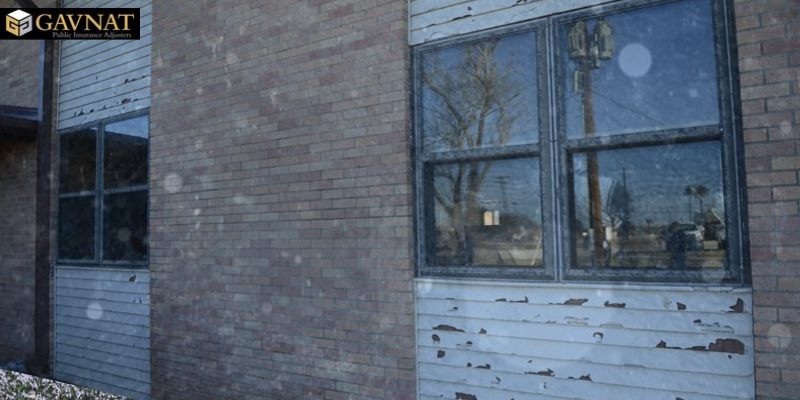
Hail damage is covered by home insurance policies in most states… but a lot depends on who the insurer is and where the house is physically located. Home insurance typically pays for repairs or replacements needed when there’s hail damage to your house.
Hail strikes unexpectedly and can be so destructive. States with the most/worst hail damage include Texas, Illinois, and Kansas. For example, approximately 1.3 million properties in Texas were damaged by hail in 2017 and Illinois came in second with massive damages caused to 900,000 buildings!
Homeowners are required to file a claim within one year of a hailstorm strike. In states where hail is less frequent, the policy may or may not include “hailstorm” as a section in protection coverage. Homeowners typically file a claim, pay a low deductible, and the insurer settles the claim. A deductible is a specified amount of money that an insured has to pay before an insurance company will settle the insurance claim.
You should be aware that the payoff in lieu of damages to your property should be more than the deductible paid to the insurance company in order to make some sort of financial sense out of the whole ordeal. If the insurance claim value is very low, why bother filing a claim? You might as well make repairs with money out of your own pocket if the amount isn’t very much.
Does filing a claim for hail damage raise home insurance rates? It doesn’t in most cases… However, if you have filed for a claim in the previous three years and the recent hail claim is your second claim, your rates may increase. If you are living in a hail-frequented area, the insurance company will most likely charge a higher base rate in the insurance plan compared to a place where hail is less frequent. Some states, like Texas, prohibit home insurers from raising rates just after one claim, so it really depends on your particular state laws.
After catastrophic devastation of neighboring states by Hurricane Katrina, it was decided that homeowners in states vulnerable to hurricanes and wind damage (including hail) have to pay more for protection. There are two kinds of wind damage deductibles. There are hurricane deductibles and windstorm deductibles (which apply to any windstorm damage). The deductibles are based on a percentage of the home’s insured value. Typically the deductibles range from 1% to 5% of the home’s insured value depending upon where your house is located and the history of storm and hail damage in the region. It is left to the homeowner to take up the matter with insurers asking how much coverage they should get, and for what price.
In case hail damage has been excluded from your normal policy, you might have to take out a separate wind insurance policy, which is usually a state run insurance program.
Note: still reeling from the impact of storms like Katrina, insurers have added a “cosmetic damage exclusion” to homeowner insurance policies to help save the insurers from losses at times when hail storms and hurricanes strike.